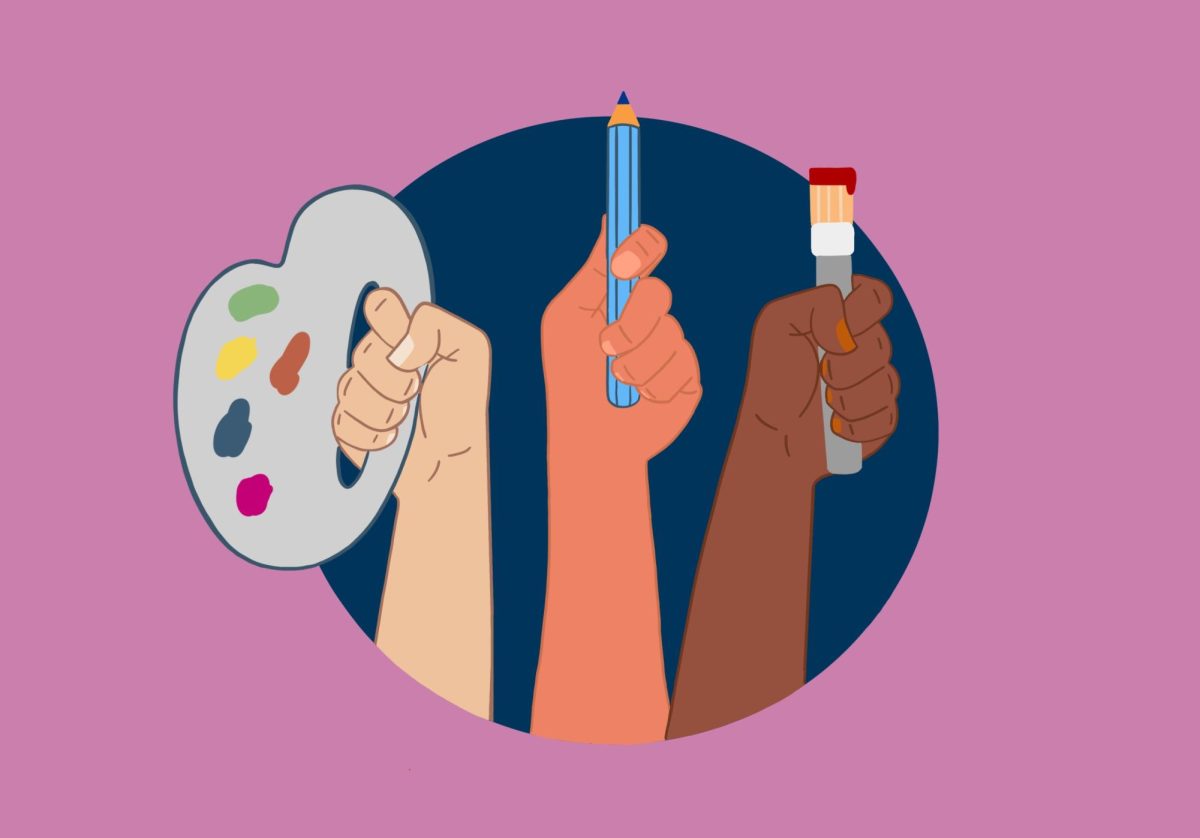Women’s participation in sports is at an all-time high, comprising between 35 and 38 percent of all athletic involvement. A record 27 games of the NCAA women’s basketball tournament were shown on television this season.
Unfortunately, sport sociologist Margaret Duncan said Monday, the quality of media coverage of female athletes has not followed that growth.
Duncan, a professor at the University of Wisconsin-Milwaukee, spoke to almost 100 people at the Weisman Art Museum about the image and stereotypes of female athletes in the media.
“I do feel encouraged by the increased coverage. Giving more resources to women’s sports can only help,” Duncan said. “Now we need to work on actual narrative strategies. People can change. A lot of it has to do with educating people. But one of issues in sports journalism is that they live in the same society as everyone else. We live in a culture that has very sexist beliefs.”
A 1994 study co-authored by Duncan found that the quality of commentary, graphics and technical work on NCAA women’s basketball tournament games was inferior to men’s games. Also, women’s tournament games were not promoted well, while men’s games were advertised during women’s games.
“Financial considerations drive it a lot,” Duncan said. “The way that network producers always defend their decisions about showing men’s sports is that they lose money when they show women’s sports because they don’t get big audiences. That’s a very flawed argument. When you build an audience for women’s sports, you get a big audience share and attract advertisers, but you have to do the same intentional strategies that you do with men.”
Duncan accentuated her presentation with slides of magazine photos that showed methods she believes perpetuate stereotypes of female athletes.
She found that photos of male athletes usually show action or motion, while female athletes were often shown standing still or in staged photos that played up their femininity rather than their athleticism.
Sports Illustrated absorbed the most criticism from Duncan. She mentioned its annual swimsuit issue as an example of objectifying females, and cited a recent case of how she believes the media insists on singling out women athletes.
In its coverage of the 1998 Winter Olympics, SI ran a story of the men’s hockey team, which did not medal, before the women’s hockey team, which won the gold. The magazine identified the men’s team as the “U.S. hockey team,” while using the phrase, “U.S. women’s team” every time in the other story. The women’s hockey story also ran under the headline, “Golden Girls.”
“It’s with our culture as whole,” Duncan said, “but I think Sports Illustrated embodies the most sexism and stereotypes.”
Duncan also noted that when TV commentators referred to an athlete by first name only, that athlete was six times more likely to be female than male.
And in the 1993 NCAA basketball tournament, the word “missed” was used 24 times in one women’s game to describe a shot. Conversely, the word wasn’t used until the second half of a comparable men’s game. This, Duncan said, showed the media’s bias toward male athletes and how they justify their mistakes.
But do female athletes notice this bias?
“I think they must,” Duncan said. “But it’s hard to know. Female athletes live in the same culture as the rest of us, and that doesn’t necessarily mean they believe they should be treated comparable to men. And I’m not sure why. I’m thinking of the Sports Illustrated cover with Chris Evert that said, ‘I want to be a wife.'”










